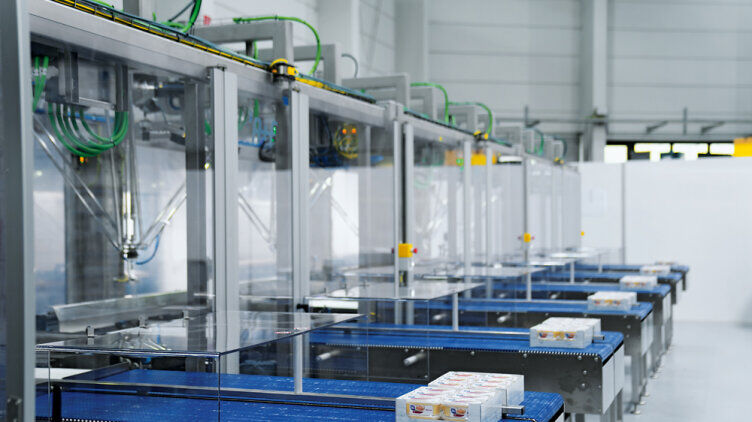Reduce, Reuse, and Recycle
導語:Reduce, Reuse, and Recycle
Produce Less Waste by Practicing the 3 Rs:
Reduce the amount and toxicity of trash you discard.
Reuse containers and products; repair what is broken or give it to someone who can repair it.
Recycle as much as possible, which includes buying products with recycled content.
Reduce
Waste prevention, or "source reduction," means consuming and throwing away less. It includes:
purchasing durable, long-lasting goods;
seeking products and packaging that are as free of toxics as possible;
redesigning products to use less raw material in production, have a longer life, or be used again after its original use.
Source reduction actually prevents the generation of waste in the first place, so it is the most preferred method of waste management and goes a long way toward protecting the environment.
More About Source Reduction
Source Reduction Publications and Software
Reuse
Reusing items —— by repairing them, donating them to charity and community groups, or selling them —— also reduces waste. Reusing products, when possible, is even better than recycling because the item does not need to be reprocessed before it can be used again.
Recycling turns materials that would otherwise become waste into valuable resources. In addition, it generates a host of environmental, financial, and social benefits. Materials like glass, metal, plastics, and paper are collected, separated and sent to facilities that can process them into new materials or products.
Recycling is one of the best environmental success stories of the late 20th century. Recycling, including composting, diverted 82 million tons of material away from landfills and incinerators in 2006, up from 34 million tons in 1990. By 2006, about 8,660 curbside collection programs served roughly half of the American population. Curbside programs, along with drop-off and buy-back centers, resulted in a diversion of about 32 percent of the nation‘s solid waste in 2005.
Buying Recycled Products
There‘s more to recycling than setting out your recyclables at the curb. In order to make recycling economically feasible, we must buy recycled products and packaging. When we buy recycled products, we create an economic incentive for recyclable materials to be collected, manufactured, and marketed as new products. Buying recycled has both economic and environmental benefits. Purchasing products made from or packaged in recycled materials saves resources for future generations.
Composting
Another form of recycling is composting. Composting is the controlled biological decomposition of organic matter, such as food and yard wastes, into humus, a soil-like material. Composting is nature‘s way of recycling organic waste into new soil, which can be used in vegetable and flower gardens, landscaping, and many other applications.
原文鏈接:http://www.epa.gov/epaoswer/non-hw/muncpl/reduce.htm
中傳動網版權與免責聲明:
凡本網注明[來源:中國傳動網]的所有文字、圖片、音視和視頻文件,版權均為中國傳動網(www.siyutn.com)獨家所有。如需轉載請與0755-82949061聯系。任何媒體、網站或個人轉載使用時須注明來源“中國傳動網”,違反者本網將追究其法律責任。
本網轉載并注明其他來源的稿件,均來自互聯網或業內投稿人士,版權屬于原版權人。轉載請保留稿件來源及作者,禁止擅自篡改,違者自負版權法律責任。
如涉及作品內容、版權等問題,請在作品發表之日起一周內與本網聯系,否則視為放棄相關權利。
下一篇:
禾工公司維修網點的建設初見成效
實驗室設備購買容易,維修卻常常限于地理位置的因素,而得不到及時售后服務的保障,這是眾多用戶在采購當中中遇到的老問題。













![]()
![]()
![]()
![]()





















 網站客服
網站客服 粵公網安備 44030402000946號
粵公網安備 44030402000946號